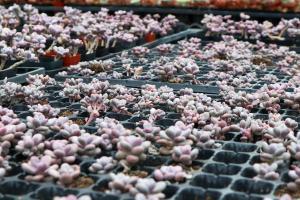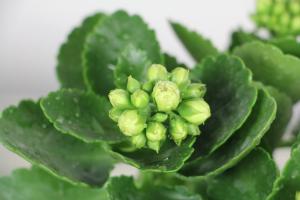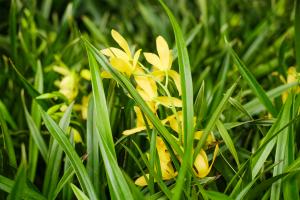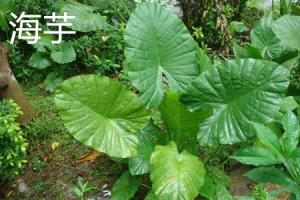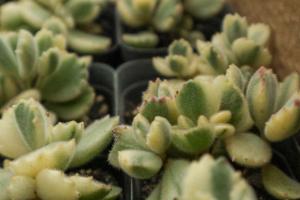How to Protect Outdoor Potted Plants in Winter
As the temperatures drop and winter approaches, it's important to take steps to protect your outdoor potted plants. Without proper care, potted plants can suffer damage or even die during the cold winter months. Follow these tips to keep your potted plants healthy and thriving throughout the winter season.
Choose the Right Containers
The type of container you choose can have a big impact on how well your plants survive the winter. Terracotta and clay pots are beautiful, but they can crack in freezing temperatures. Consider using plastic, metal or fiberglass containers instead. These materials are more durable and won't break or crack in extreme temperatures.
Prepare Your Plants for Winter
Before winter arrives, it's important to prepare your plants for the cold weather. Start by pruning away dead or damaged branches, and any foliage that has turned yellow or brown. This will help the plant conserve energy and focus on healthy growth. You'll also want to stop fertilizing your plants in the fall, as this can encourage new growth that will be vulnerable to frost damage.
Water Your Plants Properly
During the colder months, it can be easy to forget about watering your potted plants. However, it's important to water them regularly to prevent the soil from drying out completely. At the same time, you don't want to overwater your plants either. Too much water can lead to root rot, which is especially common in colder temperatures. Stick your finger into the soil to check for moisture levels and adjust your watering schedule accordingly.
Provide Shelter and Protection
In harsh winter conditions, your potted plants may need extra protection to survive. Move them to a sheltered area, such as a covered porch or garage, where they will be shielded from the wind and snow. You may also want to cover the pots with burlap or blankets to provide additional insulation. If temperatures drop below freezing, consider investing in a heat lamp or space heater to keep the plants warm.
Take Precautions with Tropical Plants
If you have tropical plants, such as hibiscus or citrus trees, you'll need to take extra precautions to protect them in the winter. These plants are not frost-tolerant and can suffer severe damage if exposed to freezing temperatures. Bring them indoors or to a heated greenhouse during the winter months.
Conclusion
With a little extra care and attention, you can help your potted plants survive the cold winter months. Choose durable containers, prepare your plants for winter, water them properly, and provide shelter and protection as needed. With these steps in place, your plants will be able to thrive and grow once again when the warmer weather returns.

 how many times do yo...
how many times do yo... how many planted tre...
how many planted tre... how many pine trees ...
how many pine trees ... how many pecan trees...
how many pecan trees... how many plants comp...
how many plants comp... how many plants can ...
how many plants can ... how many plants and ...
how many plants and ... how many pepper plan...
how many pepper plan...